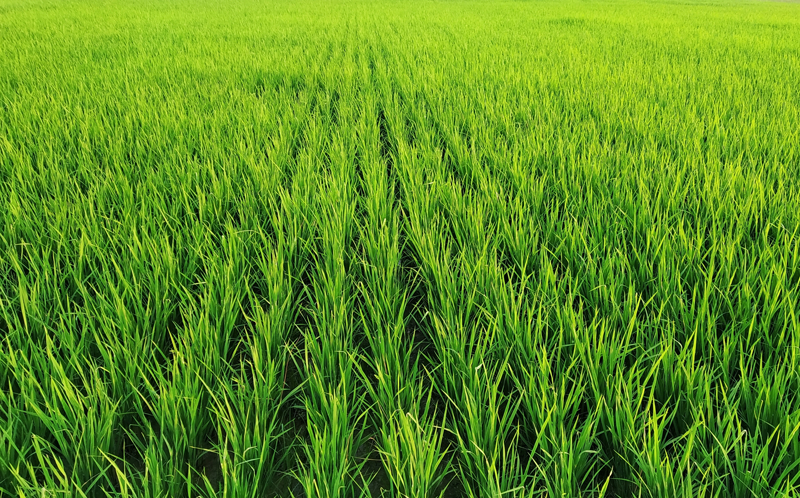
Introduction
India, often referred to as the “Rice Bowl of the World,” plays a significant role in the global rice market. As one of the largest producers and exporters of rice, India contributes substantially to food security across many nations. This article explores the history, significance, varieties, export dynamics, and challenges of rice exports from India.
Historical Context
Rice cultivation in India dates back over 5,000 years, with the Indus Valley Civilization being among the earliest societies to cultivate this staple grain. Over centuries, rice has become integral to Indian agriculture and cuisine, and its export has grown to be a significant aspect of the nation’s economy.
Significance of Rice in Indian Agriculture
Rice is the principal food crop of India, occupying about 44 million hectares of land. It is grown extensively across various states, with West Bengal, Uttar Pradesh, Punjab, and Andhra Pradesh being major contributors. The diverse climatic conditions in India support the cultivation of different varieties of rice, each with unique characteristics and uses.
Varieties of Rice Exported
India exports a wide range of rice varieties, catering to different tastes and preferences worldwide. The two main categories of exported rice are:
- Basmati Rice: Known for its long grains, aromatic fragrance, and exquisite taste, Basmati rice is a premium variety primarily grown in the northern states. It is highly sought after in Middle Eastern and Western markets.
- Non-Basmati Rice: This category includes a wide range of rice types, including parboiled, white, and brown rice. Non-Basmati rice is a staple in many African and Asian countries.
Export Dynamics
India’s rice export industry has witnessed remarkable growth over the years. The key factors contributing to this growth include:
- High Yield and Production: Advanced farming techniques and favorable climatic conditions have boosted rice production, ensuring a steady supply for export.
- Government Policies: Supportive government policies, such as subsidies, minimum support prices, and export incentives, have encouraged farmers and exporters.
- Global Demand: Increasing global demand for Indian rice, particularly in regions like the Middle East, Africa, and Europe, has driven export growth.
India has emerged as the largest exporter of rice, accounting for around 40% of the global rice trade. Major export destinations include Saudi Arabia, Iran, the UAE, Iraq, and African countries.
Challenges in Rice Export
Despite its success, the rice export industry in India faces several challenges:
- Climate Change: Erratic weather patterns and climate change pose significant risks to rice production, affecting both yield and quality.
- Trade Policies: Fluctuating international trade policies and tariffs can impact the competitiveness of Indian rice in global markets.
- Quality Standards: Ensuring consistent quality and adhering to international standards are crucial for maintaining and expanding market share.
Future Prospects
The future of rice exports from India looks promising, with several initiatives aimed at sustaining growth:
- Sustainable Practices: Emphasis on sustainable farming practices and the use of advanced technologies to enhance yield and reduce environmental impact.
- Diversification: Expanding the range of exported rice varieties to cater to evolving consumer preferences and emerging markets.
- Market Expansion: Exploring new markets and strengthening trade relationships with existing partners to ensure steady demand.
Conclusion
India’s dominance in the global rice export market underscores the significance of this staple crop in the country’s economy and its role in global food security. By overcoming challenges and leveraging opportunities, India can continue to thrive as a leading rice exporter, contributing to the nourishment of millions worldwide.